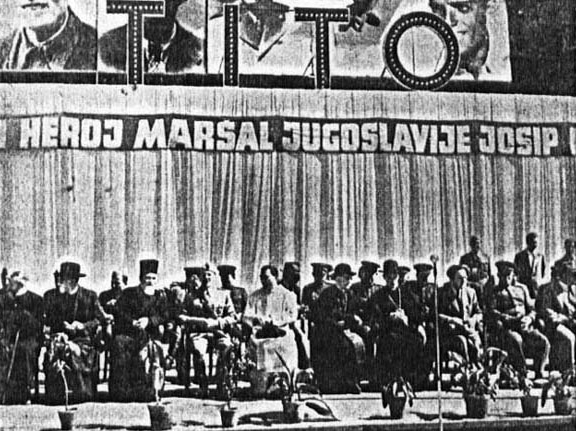
Story Highlights
- Historical event
- 26 June 1966
- An improvement in their relations was achieved during the 1960s. At the time, a liberalization took place in Yugoslavia, and changes also occurred in the Catholic Church after the Second Vatican Council.
Since the establishment of the Socialist Federal Republic of Yugoslavia in 1945, relations between the Communists and the Catholic Church were tense.
The Archbishop of Zagreb Aloysius Stepinac (Croatian: Alojzije Viktor Stepinac) was arrested. After a periood of time, his successor Franjo Šeper was also arrested.
When Stepinac was appointed cardinal by Pope Pius XII, Yugoslavia broke off its diplomatic relations with the Holy See. But their relations were improved during the 1960s. Negotiations between the Holy See and Yugoslavia began in 1964. At the time, a liberalization took place in Yugoslavia, and changes also occurred in the Catholic Church after the Second Vatican Council.
For example, the “Voice of the Council” (Glas koncila) began publication in 1962. It has become one of the most important Catholic newspapers in Croatia.
On this day, after lengthy negotiations, the protocol governing the relations between the Holy See and Yugoslavia was signed in Belgrade.
The Yugoslav authorities affirmed religious freedom, equality among the religious communities, and separation of church and state. They also affirmed jurisdiction of the Holy See over the Catholic Church in Yugoslavia (regarding spiritual matters).
Furthermore, the Holy See declared that priests are not appointed to their functions for political purposes, and condemned political violence and political terrorism.
After that, relations between the Church and the mentioned state became better. The Yugoslav authorities allowed Christmas song plates to be sold (since 1966), and the construction of the first new post-war Church in Siget, Zagreb.
A new translation of the Bible into Croatian was published in 1968.
Diplomatic relations between the Vatican and Yugoslavia were established in 1970. A year after that, Tito visited the Vatican and met with the Blessed Pope Paul VI.




